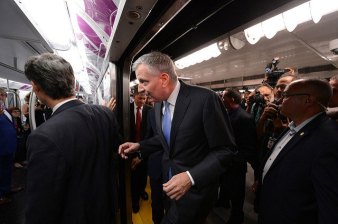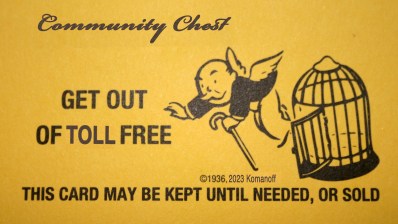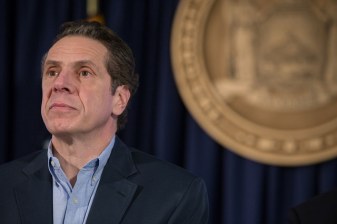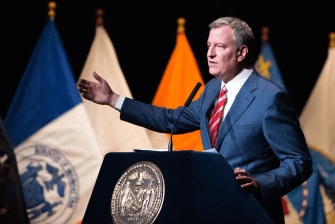Congestion Pricing: What’s the Deal?
Nobody knows whether the convoluted and difficult congestion pricing "deal" reached by political leaders yesterday will actually result in anything. The deal is complex even by Albany standards. A few things, however, are clear:
- Mayor Bloomberg does not have a "green light" to move forward with congestion pricing, nor has he been granted any new powers. The deal denies him the authority to impose a pricing charge until approved by the City Council and state legislature.
- The feds may still yet give New York City congestion pricing start-up funds despite the missed Monday deadline.
- The deal mandates a very specific timeline by which the process will move forward and a 17-member commission that may become an important forum for the congestion pricing and and broader transportation debate, good things could emerge.
- Transportation policy and livable streets issues have moved to the top of New York City’s civic agenda and will remain in the political spotlight for some time to come.
- There are a ton of things that could still derail congestion pricing.
Assuming the oft-stalled legislature approves yesterday’s deal in the next week or so, the next hurdle will be the demand that the feds give New York City at least $200 million in congestion pricing pilot program funds by October 1, before the newly created Traffic Congestion Mitigation Commission has even voted to approve pricing. If the feds don’t pay up by this deadline the legislation is voided and pricing is dead.
If the feds do come through with money and the Commission approves the pricing "Implementation Plan" by the Jan. 31, 2008 deadline, then three separate legislative bodies will still have to vote to approve the Plan: the City Council, State Assembly and State Senate.
Council Speaker Christine Quinn of Manhattan has issued strong statements in support of pricing, but it is hard to know whether she can actually deliver her members. Make your own judgments about the Senate and Assembly. Perhaps the biggest obstacle is the clock. A lot has to happen on schedule and as we see here, politics is messy. Time is short — 2009 is a mayoral election year, Quinn is a candidate and pricing is controversial. Bloomberg is gone in 2010.
If everything goes right, congestion pricing could be up and running by 2009, though many variables will influence that. It depends on how quickly the charging system is installed, how fast the mayor can get start-up funds from City Council or other sources that he controls and whether a lawsuit or has the potential to delay things. Even before yesterday’s deal, pricing opponents like Bronx State Senator Ruben Diaz, Sr. were saying, "I cannot understand how these plans can be made without an environmental impact study being conducted first."
Whether or not yesterday’s deal succeeds, the transportation reform movement has already won a huge victory. For decades, transportation has been a second-tier concern in New York City behind crime, education and housing. The congestion pricing debate has changed that, moving transportation policy to the top of the civic agenda, perhaps, for good.
In the past, transportation policy reformers have often found themselves pitted against the city’s power players and marginalized by City Hall. Since the mayor proposed congestion pricing, he has been shoulder to shoulder with the advocates. It is a remarkable turn-around. There is no more talk about traffic congestion being a sign of a prosperous and healthy city. Traffic has been re-branded by the Mayor, big business and editorial boards across the political spectrum as a costly, harmful problem that needs solving. Finally, livable streets are being understood as one of the foundations of a prosperous, healthy, sustainable city.




